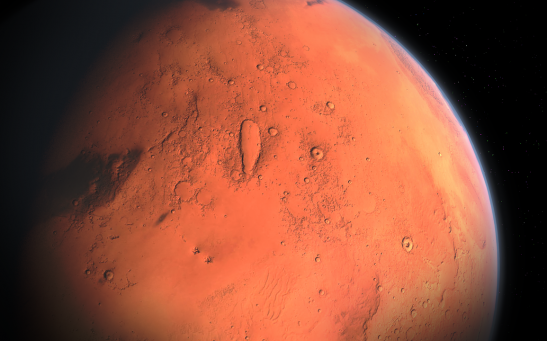mars
[WANTED] Volunteers to Live in Isolation for 8 Months in Mars Simulation: How Much Will NASA Pay?
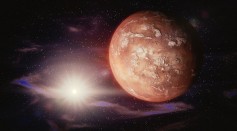
Vacation House on Mars? Astronauts to Possibly Use Lava Tubes for Temporary Shelter from Radiation in Upcoming Missions
'Alien' Viruses Could Hitchhike on Astronauts and Spaceships Coming Back From Mars: Expert Calls for NASA to Make Protocols
Astronomers Uncovered First Evidence Ever of A River On Mars Which Flowed Over 3.7 Billion Years Ago
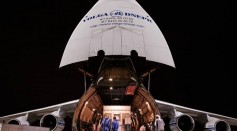
Emirate-Built Mars Explorer Sent to a Far Away Japanese Island for Its Final Preparation Ahead of Its July Launch
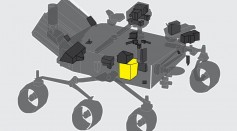
NASA to Use Gold in Creating Oxygen on the Moon Soon
Can You Guess What Message is NASA's Perseverance Rover Carrying to Mars? It's Written in Morse Code!
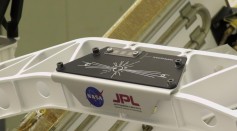
10.9 Million Names Now Onboard the Perseverance Mars Rover of NASA On Their Way to Mars
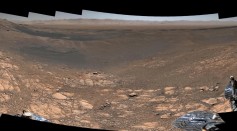
NASA Reveals Highest-Resolution Ever of the Panorama of Mars
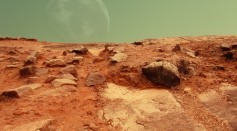
Is There Life on Mars? NASA InSight Rover Detects Quakes
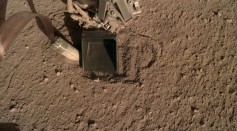
Troublemaking Mars Lander "Mole" Is Digging Again
Modified MAVEN Spacecraft Found Surprising Data About the Circulation Patterns on Mars
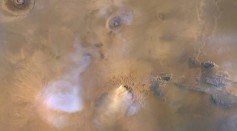
Martian Dust Storms and Dust Towers May Have Been the Reason Behind The Disappearance of Water in the Planet
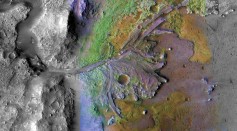
Jezero Crater Hosts Rich Amounts of Hydrated Silica—a Mineral Perfect for Preserving Biosignatures
Most Popular

AI Revolution in Medical Education: Transforming How Healthcare Professionals Learn

Optimizing Complex Catalog Systems with Graph Theory and Indexing

Out of Office, Not Out of Mind: Planning for Employee Holiday Absences

Nikolay Karpenko Biography, Photo, Career, Accomplishments

